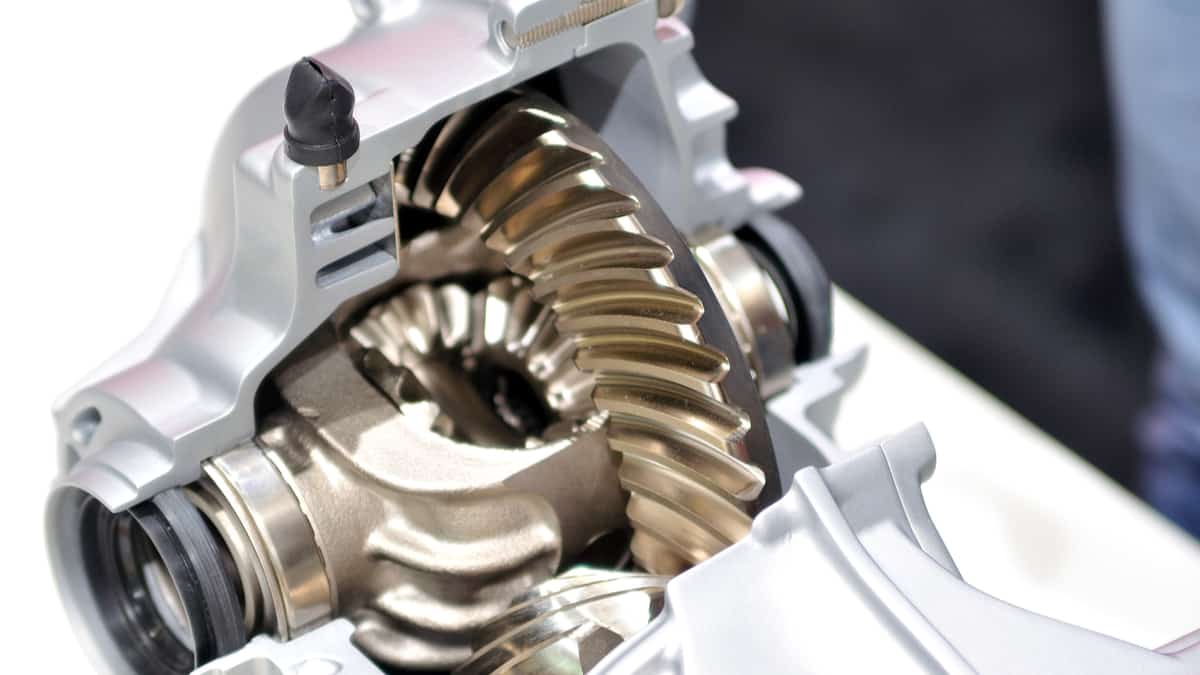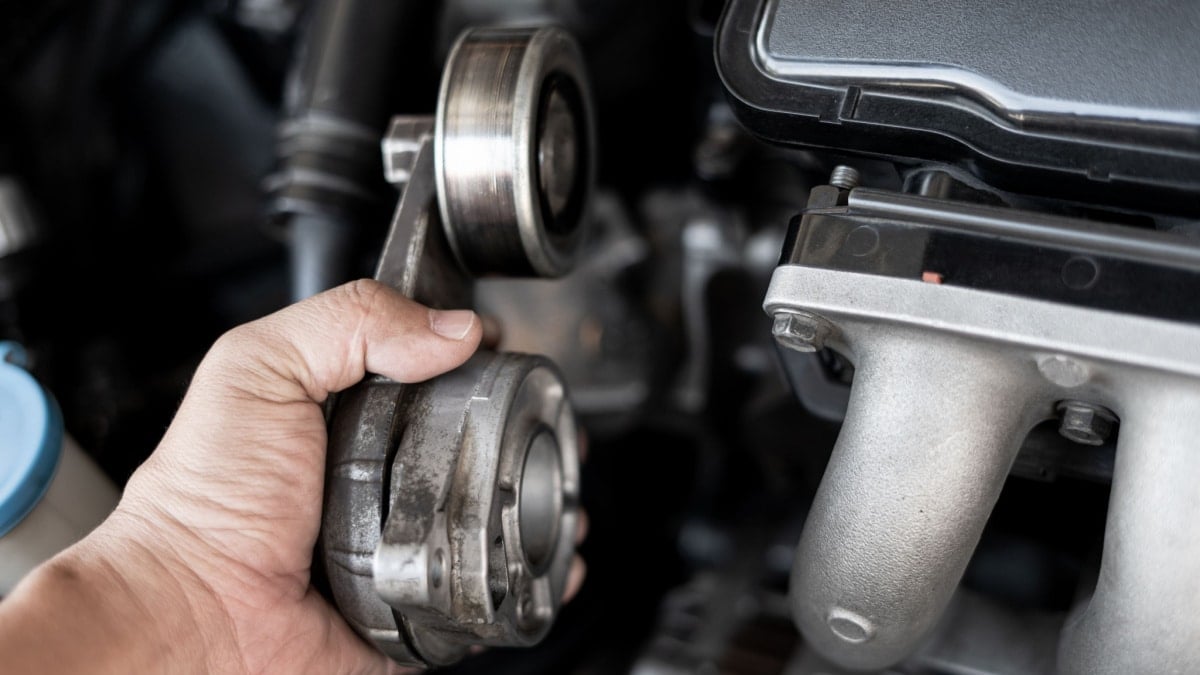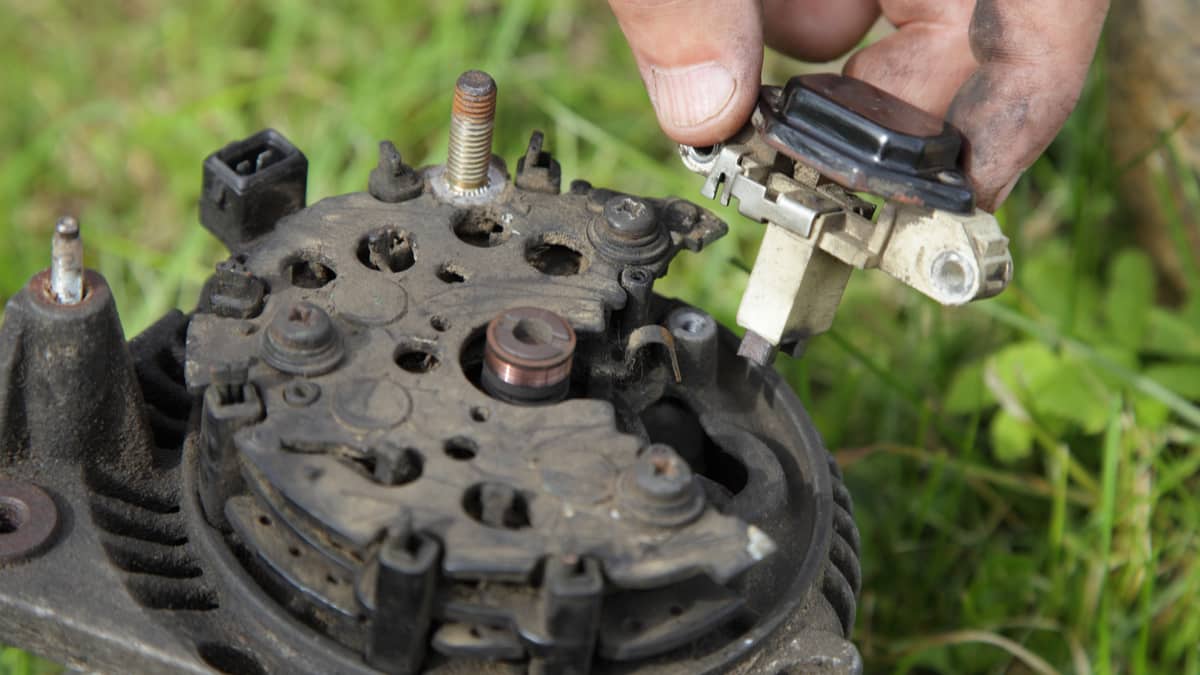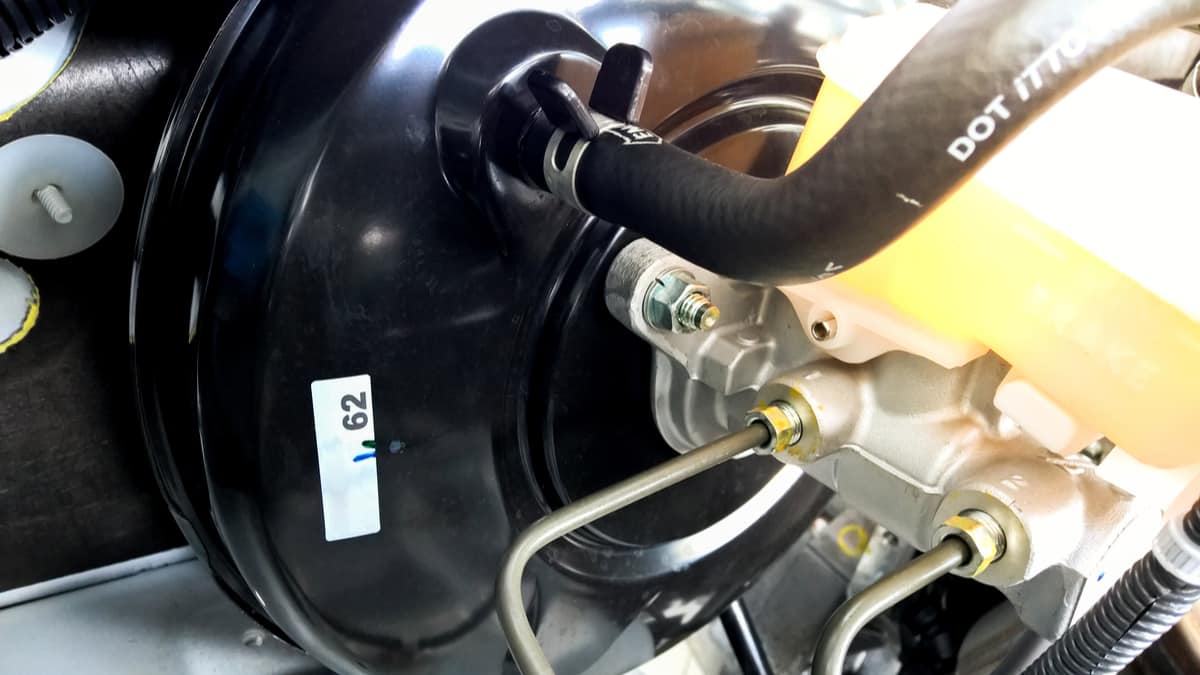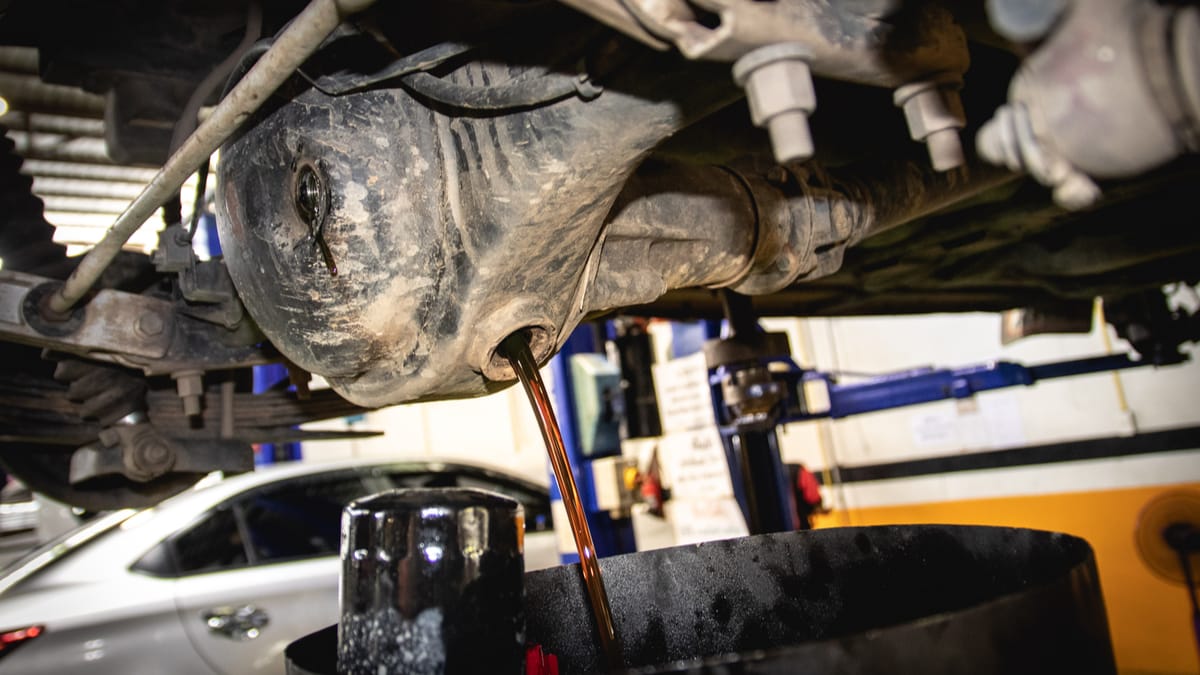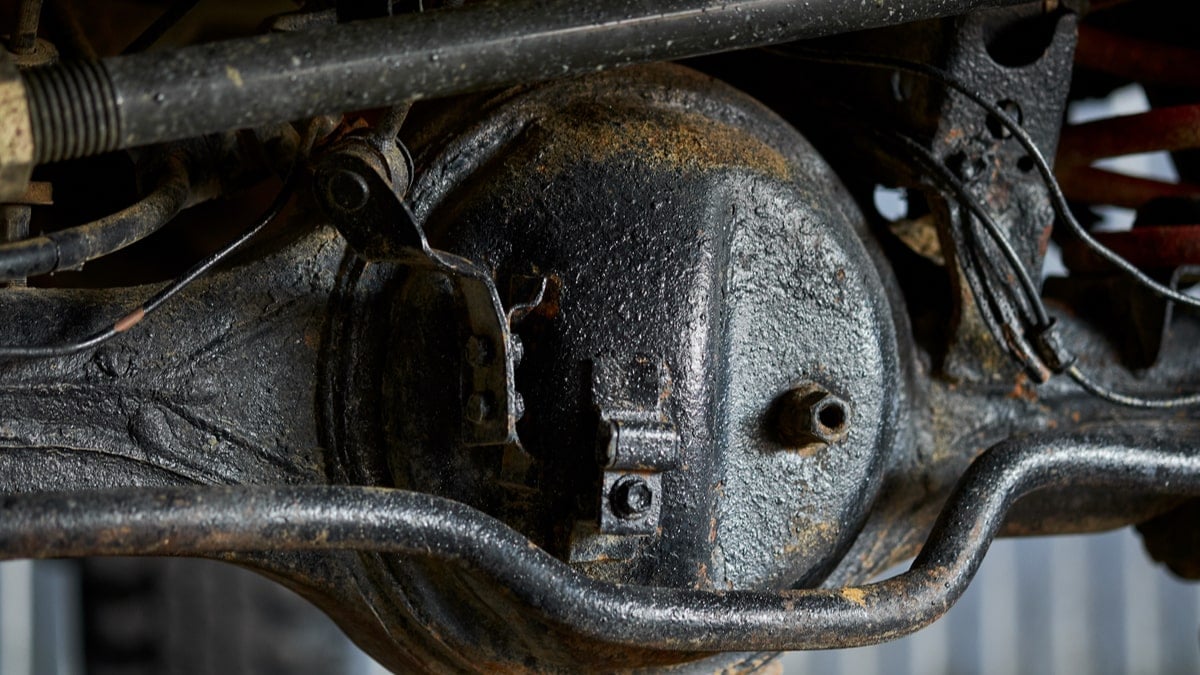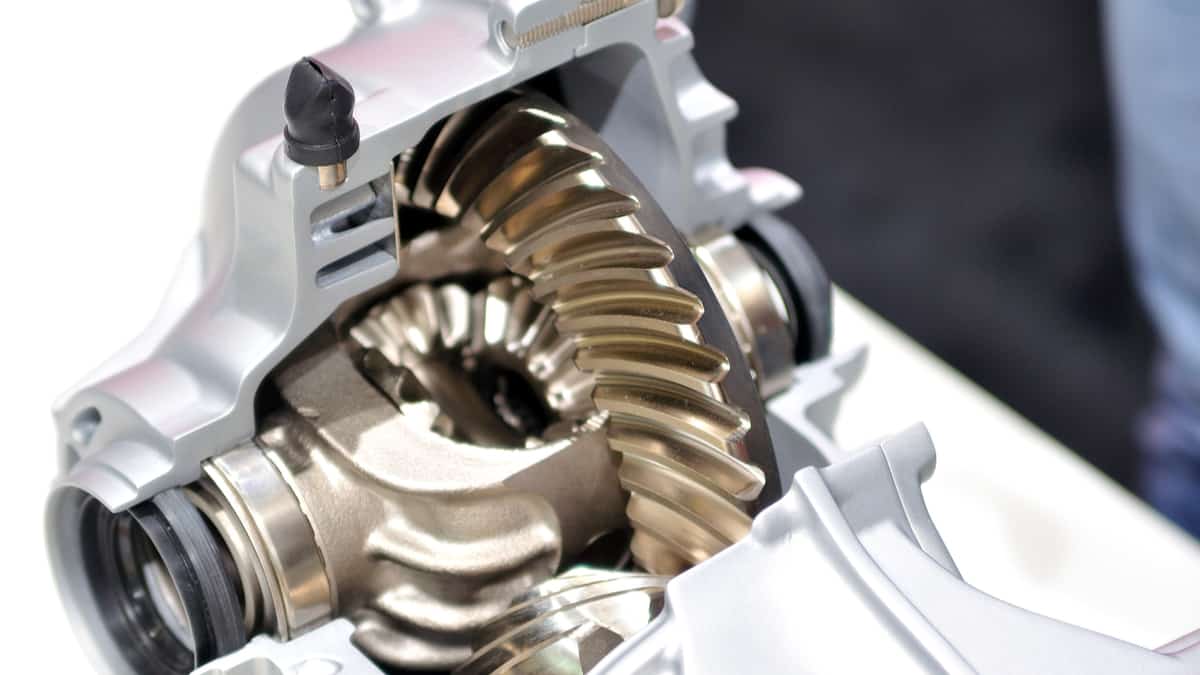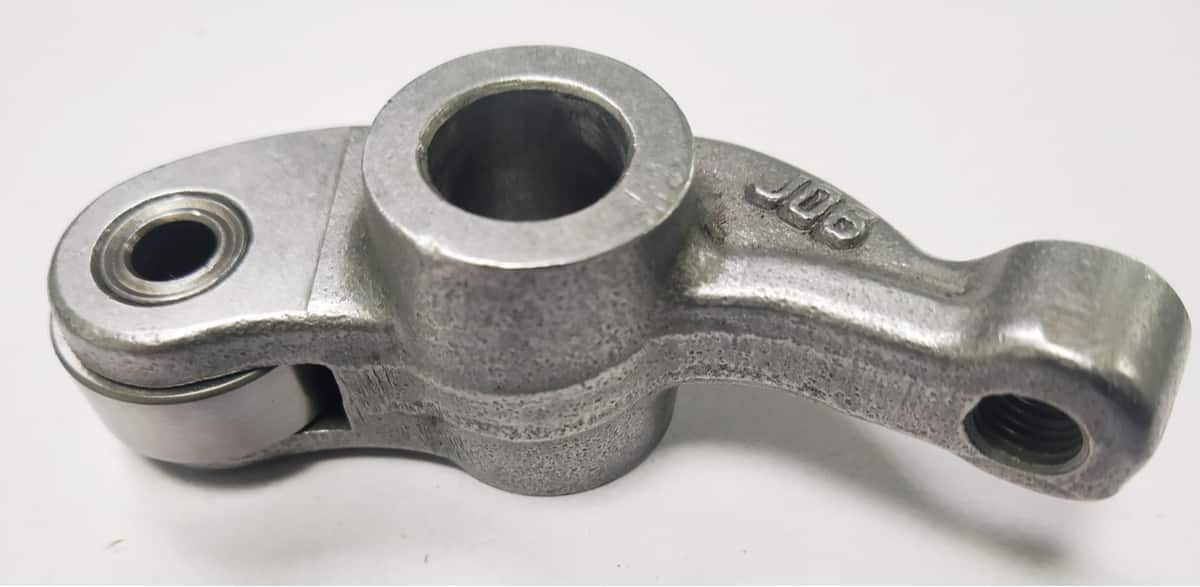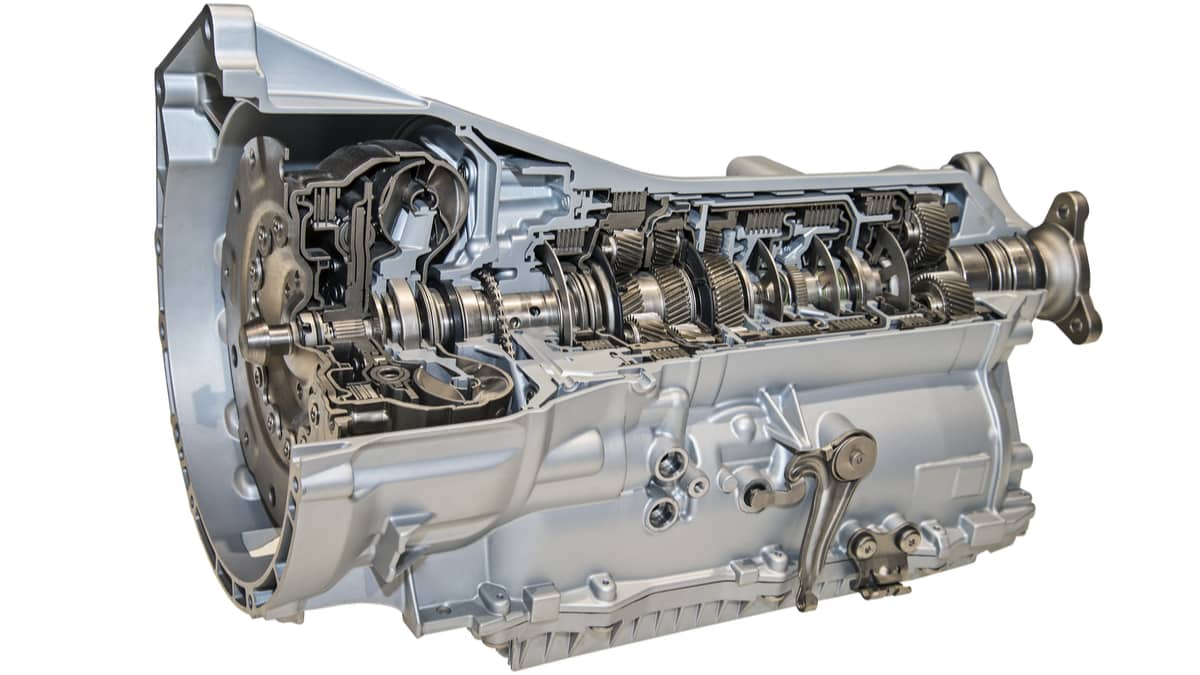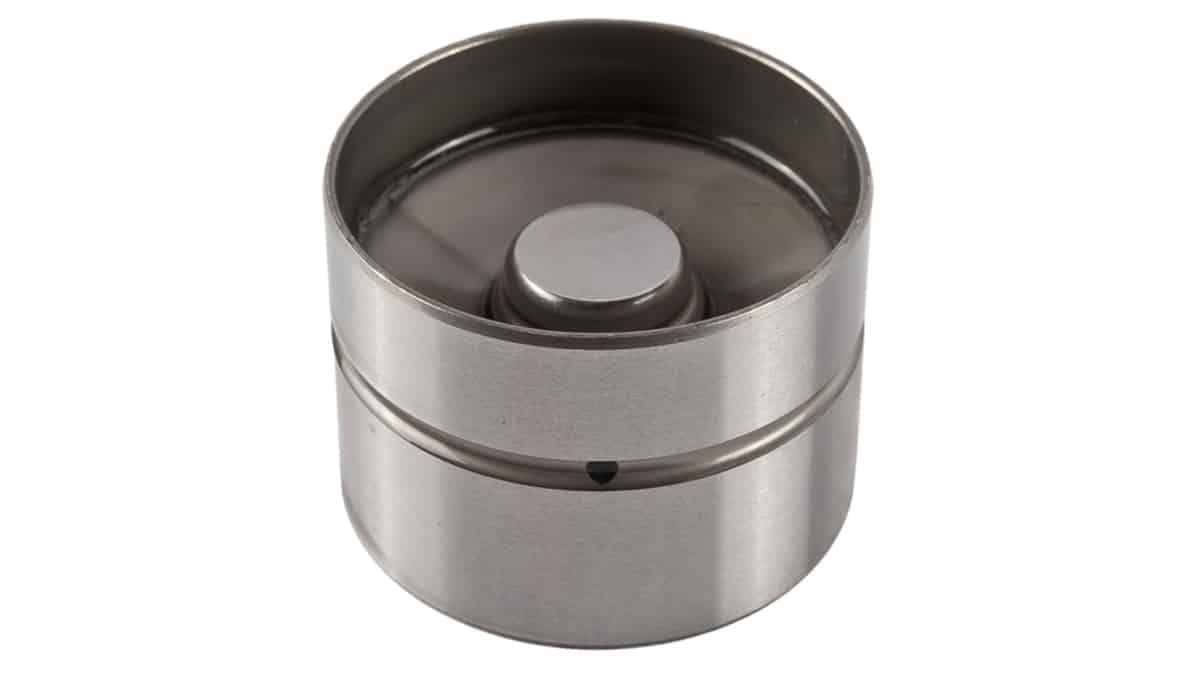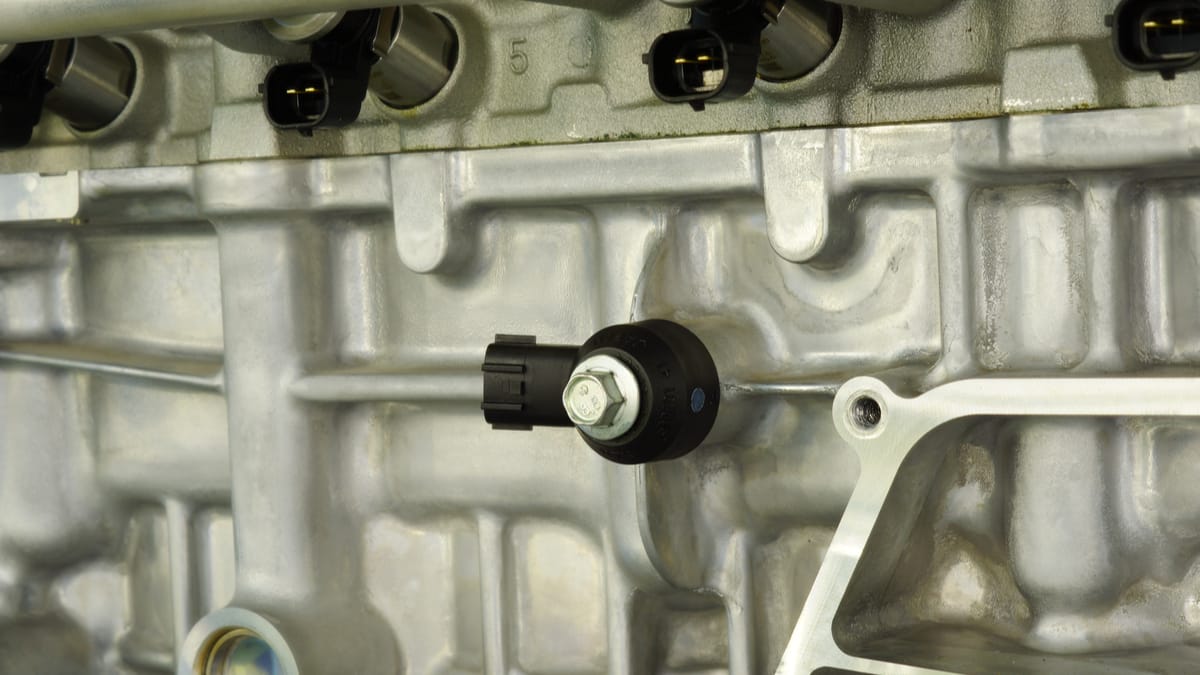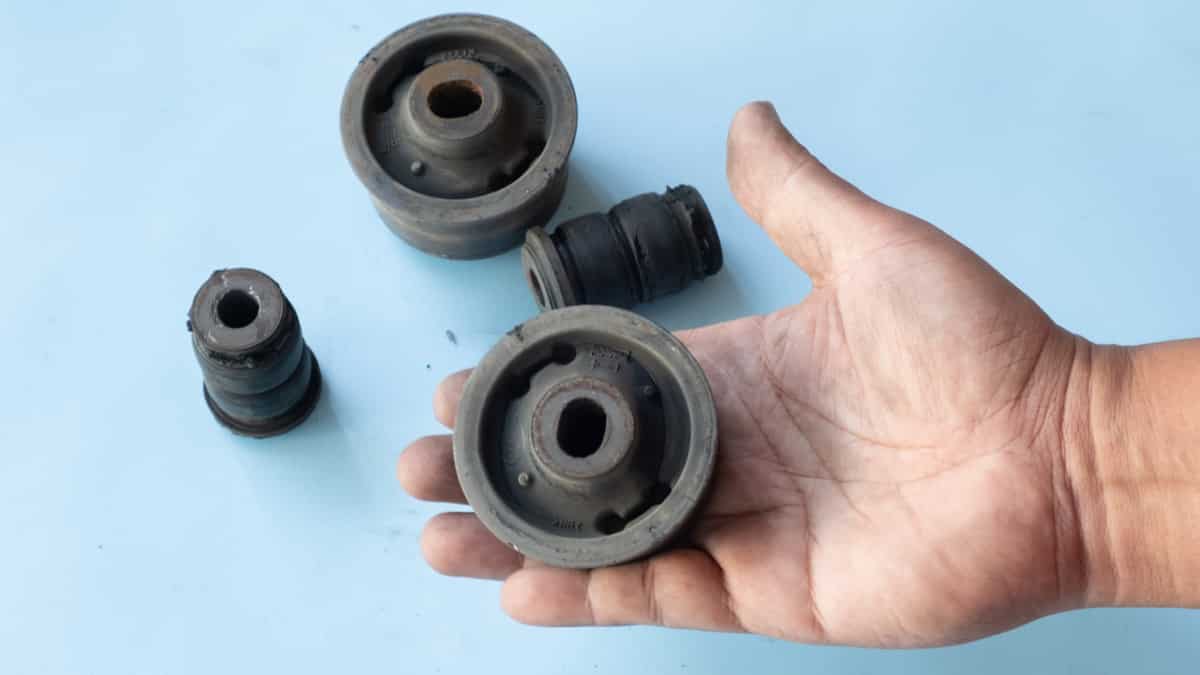When you get behind the wheel of your car, you expect a smooth ride. However, without a differential, the wheels spin and lose traction, especially when taking a turn. That’s why you want to know the symptoms of a bad differential and its primary function.
In this article, we take a closer look at this valuable component and what it does as it works behind the scenes. We also discuss the various ways to repair a differential, and the replacement cost if you are left with no other option. Let’s take a look at the symptoms of a bad differential first.
Symptoms Of A Bad Front or Rear Differential
The most common symptom of a bad front or rear differential is a whining noise. You may also notice excessive tire wear if you visually inspect your tires. It can also result in poor handling, vibrations, or gear grinding in rare cases.
Here is a more detailed list of the signs of a bad or failing differential to look for:
1. Whining Sounds

The most common symptom associated with a defective differential is a whining sound. In many cases, it simply means that the differential components are not properly lubricated.
It could also mean that the differential is leaking fluid, which will lead to premature wear. As the components lose valuable lubrication, you are going to hear whining noises coming from the differential location.
2. Tire Damage
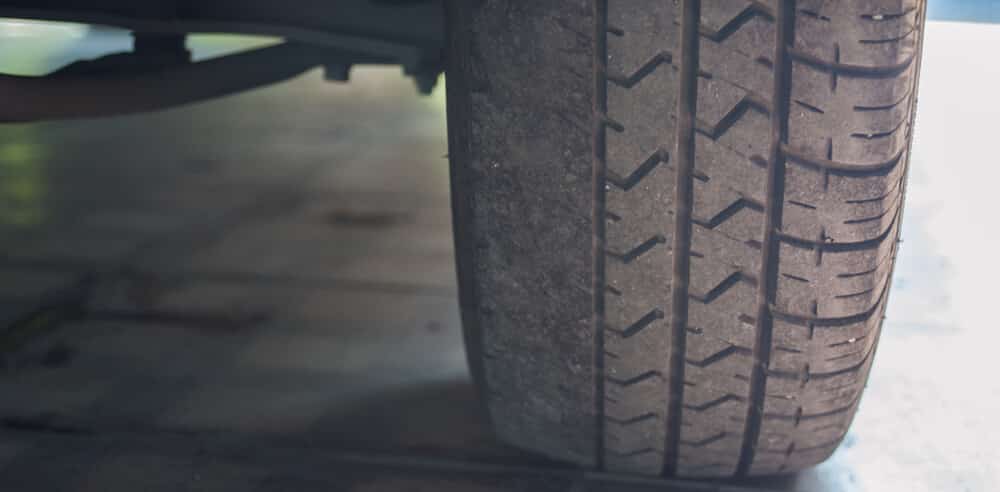
If both sides of your tires have to travel at the same speed while cornering, your car’s inner tires will wear out sooner because they are rotating faster than needed. This premature tire wear is common when the differential is going bad.
A locked differential causes what is known as tire scrubbing. This sound indicates that your tires are slipping and gripping intermittently. Depending on what type of tires you have, the noise will sound like chirping or rapid squealing. There could also be some vibration that operates in conjunction with the sound.
3. Poor Handling
A well-functioning differential ensures that your vehicle corners the way it was intended. If it is failing, it is going to change the cornering ability and create an unstable drive.
Whether the cause of the poor handling is the differential or not, it should always be checked out. You don’t want to lose control of the vehicle and cause an accident.
4. Vibration
Once the differential or universal joints become worn out, you will begin to feel some vibration coming from the driveshaft. As you step on the accelerator, the vibrations will become worse. Additionally, if there is a differential fluid leak, the vibrations will become progressively more noticeable.
Thankfully, vibration is one of the first signs that something is wrong with the differential. If you have it looked at right away, you could avoid more costly repairs down the road.
5. Gear Grinding
When the differential wears down, the gears can start to grind. This condition can also create a humming noise from the gear grinding.
As you accelerate, the humming grind will get louder. If caught early enough, a simple fluid change might be all that is needed. If you ignore the problem, you could be looking at more expensive damage, even to the transmission.
RELATED: Diagnosing Rear Differential Noises
Differential Location
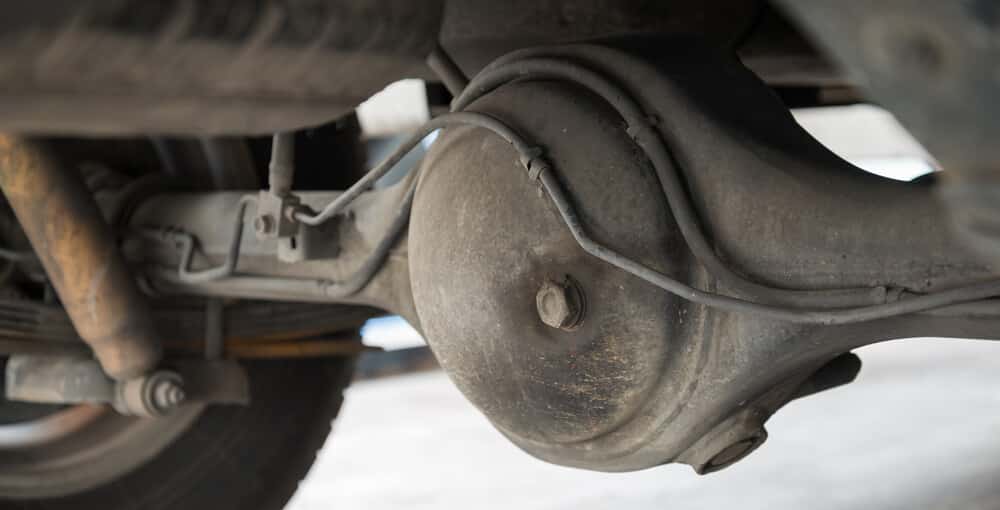
Vehicles use varying differential placements and amounts. The setup relies on how many driven wheels the vehicle uses. Driven wheels are the ones that receive engine torque to drive the vehicle.
Both front- and rear-wheel drive vehicles use two drive wheels. These will have a single differential.
On a front-wheel drive vehicle, there is a transaxle. This single unit combines the transmission with the differential. In fact, the term transaxle can be used interchangeably in these vehicles to describe the differential or transmission.
Rear-wheel drive vehicles use an independent differential located between the two rear wheels. It is linked to the transmission with a driveshaft. Some people refer to this differential as the rear diff or simply the rear end.
All-wheel drive vehicles are set up with three differentials. There is one in the front, another in the rear and a final one located in the center. The center differential is responsible for splitting the torque among the front and rear differentials. In addition, the front and rear differentials will split that torque further between the left and right wheels on that axle.
Typically, a four-wheel-drive vehicle will have a front and rear differential. However, instead of using a center differential, most of these vehicles contain a transfer case in its place.
The Function of a Differential
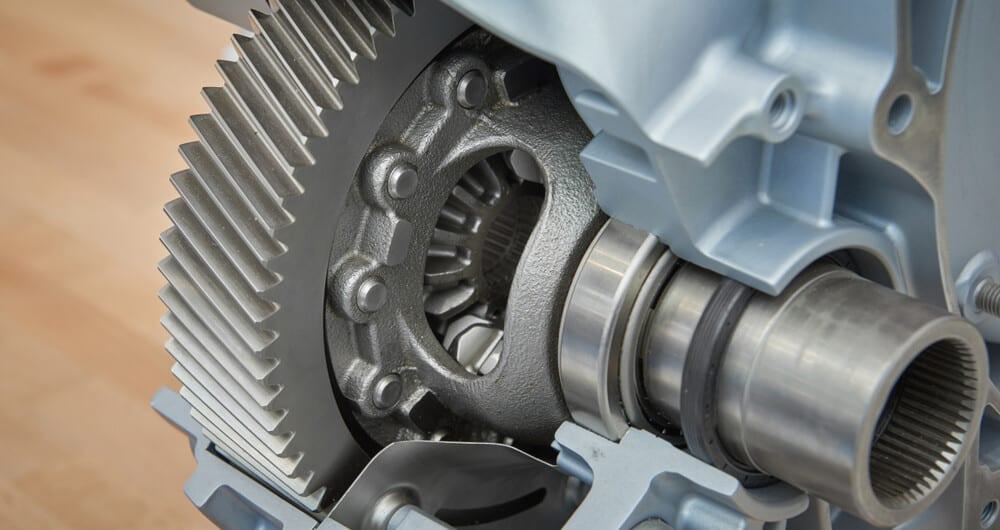
When you corner your car, the right and left wheels take different paths. The inside wheels require a smaller turning radius, meaning fewer revolutions are needed.
Without a differential, the tires would need to spin at the same speeds, even though they need to be on different paths. This condition would cause one of the tires to slip, creating less traction, wear on the powertrain and uneven tire wear.
The tire speed difference is determined by the track width. This term describes the distance between the left and right tires. As the track width gets greater and the turn becomes tighter, the speed difference between the wheels increases, causing the differential to do its job.
Differential Repair
If the differential requires repair, there are a number of different kinds of service you might be looking at. The trouble with the differential doesn’t automatically mean that your differential needs to be replaced. For example, you might be able to replace the differential gasket if there are leaks. Over time, the silicone or rubber gasket can wear out. If this is the case, you are looking at a reasonably simple repair that requires you to remove the cover and reseal it.
You might also need to seal the differential piston. The seal surrounding the yoke can start to leak from damage or old age. To repair this condition, you need to remove the yoke, take out the seal and drive a new one into its place. Take care that you don’t damage the seal when you drive it into place.
There are also seals that go bad on the side of the differential. To repair this, you need to remove the axle shafts, making for a more complicated task.
Bearings in the differential can also fail. If you need to replace any of the bearings, you are looking at a half-day job, even with the right experience. This isn’t an easy repair, and it is often handled by a qualified mechanic.
The same can be said about replacing differential gears. Not only is this a time-consuming repair, but it is also an expensive one. Of course, the worst-case scenario is the need for an entirely new differential. This typically only happens if you haven’t resolved the smaller problems in a timely manner.
Differential Replacement Cost
The average replacement cost for a whole rear differential is between $1000 and $4000. Luckily, you can just repair it or replace it with a used differential, which will decrease the costs a lot.
Most differential repairs will cost between $200 and $400 to repair. Of course, this depends on the severity of the defect and what parts need to be replaced.
For a rebuilt differential, you might need to spend between $400 and $1,000. On the other hand, replacing a differential costs $1,000 to $2,000 on average. This isn’t a job that most people will tackle on their own. For most people, this will require the help of a trained technician.
How does a differential go bad?
One of the most common ways a differential goes bad is from age. As a differential ages, the internal components will wear down and eventually fail. This can cause problems with the gears and bearings, which can lead to costly repairs. If the differential fluid is not changed on schedule or if you drive around with a low differential fluid level, it will wear down faster.
What does a noisy differential sound like?
A noisy differential sounds like grinding, clanking, or whining. It’s usually caused by a lack of lubrication or by worn-out gears. If you hear a noise from your differential, the best way to determine the source is to take it to a mechanic and have them take a look. There’s no way to know for sure what’s causing the noise without investigating it further visually.
How do you know when your differential needs oil?
There is no way to know when your differential needs oil without visually inspecting the level in most car models. Some car models use an electronic level sensor for the differential, but this is quite rare. If the differential fluid is low, it can also cause a whirring sound. However, if you hear a whirring noise from the differential, the damage may already be done.
Does changing differential fluid make a difference?
Yes. Changing the differential fluid can make your differential much quieter ,and will also extend the life of your differential. If your car uses a special differential, you may also notice performance improvements, such as better grip on slippery surfaces.
Categories: Transmission
